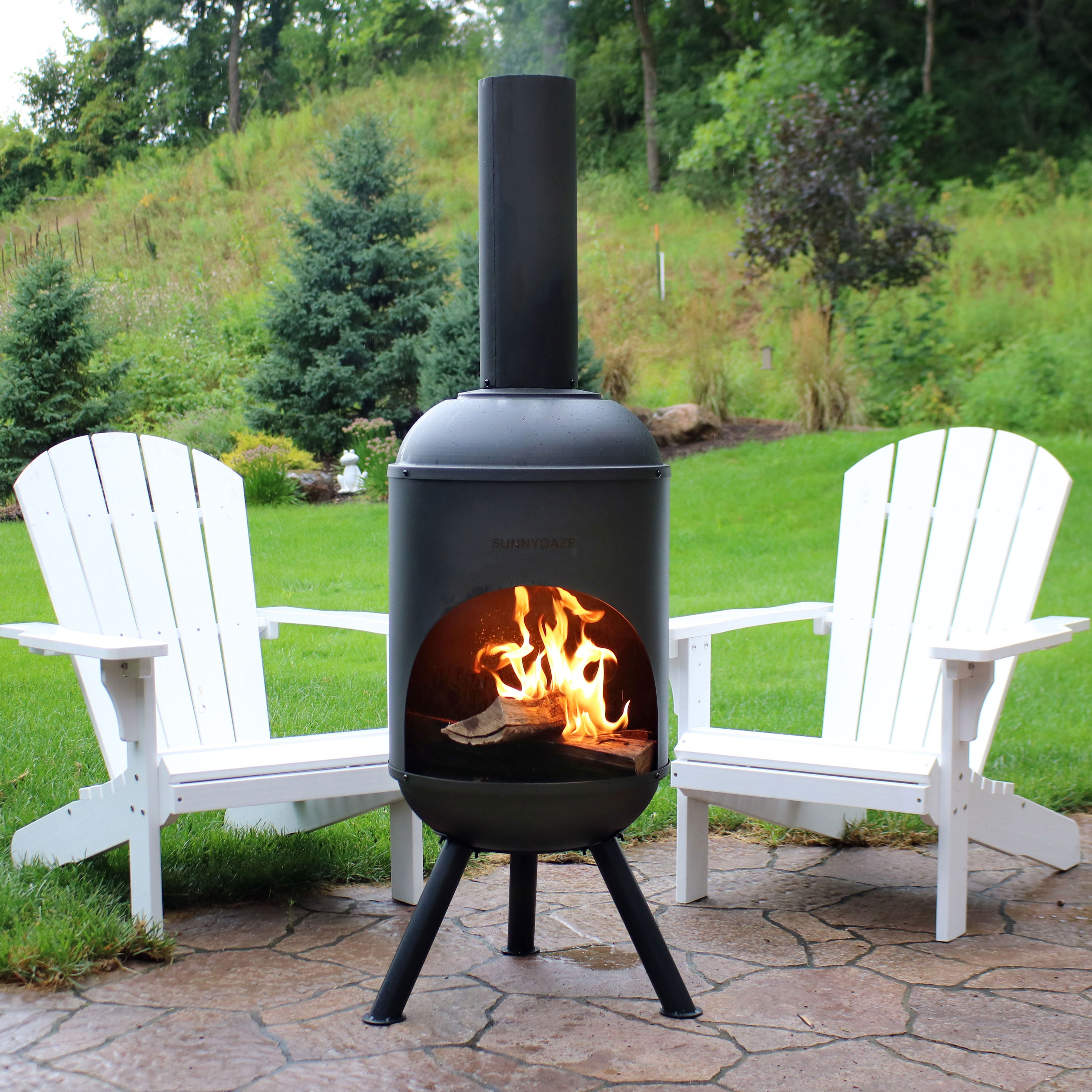Off Grid Living Wood Stoves Your Guide
Off grid living wood stoves: Embrace the warmth and independence of self-sufficient heating! Imagine crisp winter nights illuminated by the comforting glow of a crackling fire, your home heated entirely by your own efforts. This isn’t just about survival; it’s about reclaiming control over your energy consumption, connecting with nature, and experiencing the unparalleled satisfaction of providing for yourself.
This comprehensive guide delves into the practical aspects of using wood stoves off-grid, from choosing the right stove and ensuring safe installation to sustainable fuel sourcing and long-term maintenance. Prepare to discover a world of warmth, independence, and resourceful living.
We’ll explore various stove types, comparing airtight and non-airtight models, and examining the unique advantages and disadvantages of rocket stoves. Safety is paramount, so we’ll cover crucial safety precautions, building codes, and regular inspection checklists. Learn how to sustainably source and store firewood, minimizing environmental impact while maximizing heating efficiency. We’ll also address the economic aspects, helping you make informed decisions about initial and long-term costs.
Finally, we’ll visualize ideal stove setups for different off-grid homes, ensuring efficient heating and fire safety.
Visual Representation of Stove Setups: Off Grid Living Wood Stoves
Visualizing the perfect wood stove integration into your off-grid home is crucial for both aesthetic appeal and practical functionality. The right setup ensures efficient heating and minimizes safety risks. Let’s explore some scenarios to inspire your own design.
Understanding the interplay between stove placement, room size, and architectural style is key to maximizing the benefits of your wood-burning appliance. Careful consideration of these factors will translate into a warmer, safer, and more aesthetically pleasing off-grid living space.
Wood Stove Integration in Different Architectural Styles
Three distinct scenarios highlight the versatility of wood stoves in various off-grid homes. Each demonstrates how careful planning can seamlessly blend functionality with design.
- Scenario 1: Rustic Cabin Charm. Imagine a cozy, A-frame cabin nestled in a wooded area. A freestanding, cast iron wood stove sits centrally in the main living area, its warmth radiating outwards. The stove’s black finish contrasts beautifully with the natural wood paneling, creating a rustic yet elegant focal point. Key features include a large glass viewing window to enjoy the mesmerizing flames, a sturdy hearth made of local stone, and ample clearance around the stove for safety.
The chimney is cleverly integrated into the A-frame’s design, seamlessly blending with the overall aesthetic.
- Scenario 2: Modern Minimalist Design. In a contemporary, open-plan off-grid home built with sustainable materials, a sleek, modern wood stove is incorporated into a minimalist design. The stove is built into a custom-designed unit that includes integrated shelving and storage, maintaining a clean and uncluttered look. Key features include a clean-burning, high-efficiency design to minimize environmental impact, a concealed chimney system, and heat-resistant materials used in the surrounding unit.
The overall effect is sophisticated and harmonious.
- Scenario 3: Traditional Farmhouse Style. A larger off-grid farmhouse boasts a spacious kitchen and living area. A large, soapstone wood stove is situated in the kitchen, serving as both a heating source and a cooking appliance. The stove’s massive size adds to the farmhouse’s charm, and its durable construction ensures long-lasting use. Key features include multiple cooking surfaces, a large oven, and a substantial hearth providing ample cooking and warming space.
The chimney is integrated into the existing structure, maintaining the traditional farmhouse aesthetic.
Optimal Wood Stove Placement in a Small Off-Grid Cabin, Off grid living wood stoves
Efficient heating and fire safety are paramount in a small off-grid cabin. Strategic stove placement is key to achieving both.
Consider a small, 200 square foot cabin. The ideal location for a wood stove is centrally located within the main living area, positioned away from any flammable materials. The stove should be at least 36 inches away from any combustible surfaces, including walls, furniture, and curtains. A non-combustible hearth, extending at least 16 inches in front of the stove, is essential.
The chimney should be inspected regularly and professionally cleaned annually to ensure optimal venting and prevent chimney fires. The layout should also incorporate a smoke detector and carbon monoxide detector for added safety.
Visualize the cabin’s layout: The wood stove is positioned on the hearth near the center of the main room, allowing heat to distribute evenly. Furniture is strategically placed to allow for adequate airflow around the stove, and any flammable materials are kept a safe distance away. The chimney runs vertically through the roof, with its exterior portion properly sealed and protected from the elements.
This setup maximizes heating efficiency while minimizing fire hazards.
Mastering the art of off-grid living with a wood stove is a journey of resourcefulness, sustainability, and self-reliance. It’s about embracing a simpler way of life, reducing your environmental footprint, and experiencing the deep satisfaction of providing for your own warmth and comfort. This guide has equipped you with the knowledge and practical steps to confidently navigate the challenges and rewards of this unique heating solution.
Now, it’s time to ignite your passion for off-grid living and embrace the cozy warmth of your own wood-burning stove. The journey to comfortable, independent living begins with a single spark.
Get the entire information you require about is off grid living legal on this page.




